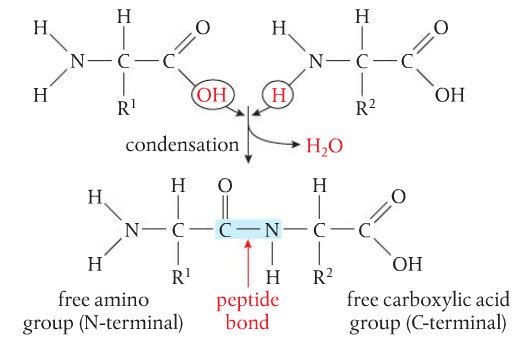

( b) Quantification of the signal intensities of the Mx expression in Western blot as exemplified in panel a normalized to the corresponding signal of β-actin. ( a) A representative Western blot of wt E rns and the RNase-inactive mutant H30F at the concentrations as indicated is shown. Four independent replicates were performed for all constructs. The size of the proteins according to the protein ladder is indicated. Cells were harvested 24 h later followed by Western blot analysis for the expression of Mx as indicator for the induction of IFN synthesis and for β-actin as loading control.

Cells were treated with E rns for 30 min prior to the addition of poly(IC) as synthetic dsRNA. The size of the prestained protein ladder is indicated, with the ladder in panels a and b (separated by a vertical line) originating from an overlay of the chemiluminescence image of the antibody staining with a white light image capturing the prestained proteins of the ladder.Ībility of E rns mutants to inhibit dsRNA-induced Mx expression. H30F represents the RNase-inactive mutant, and R171 represents the mutant C171R lacking the cysteine reported to be required for disulfide-linked E rns dimerization.

Positively charged amino acids full#
The term “PR” and “HBD” in the lanes “PR + ΔC” and “PR + HBD” indicates the full mutants, i.e., PR 000 and HBD 0000. For Western blotting, an anti-Strep-tag and an anti-E rns antibody were used under reducing ( a) and non-reducing ( b) conditions, respectively. Samples were incubated with or without β-mercaptoethanol (2-ME) as indicated in the figure. SDS-PAGEs were performed with various E rns constructs (2 μg each, see Figure S1 for HBD mutants) and analyzed either by Western blot ( a, b) or by Coomassie staining ( c, d). Molecular weight identification under reducing and non-reducing conditions. IFN antagonist RNA-binding bovine viral diarrhea virus (BVDV) endocytosis glycosaminoglycan (GAG)-binding site immune evasion pestivirus site-directed mutagenesis viral RNA viral endoribonuclease. In summary, RNase activity and uptake into cells are both required for E rns to act as an IFN antagonist, and the C-terminal amphipathic helix containing the GAG-binding site determines the efficiency of cell entry and its intracellular localization. Moreover, the C-terminal domain on its own determines intracellular targeting, as GFP fused to the C-terminal amino acids of E rns was found at the same compartments as wt E rns. Here, we show that at least three out of four positively-charged residues in the C-terminal glycosaminoglycan (GAG)-binding site of BVDV-E rns are required for efficient cell entry, and that a positively charged region more upstream is not involved in cell entry but rather in RNA-binding. The structural envelope protein E rns also exists in a soluble form and, by its endoribonuclease activity, degrades immunostimulatory RNA prior to their activation of pattern recognition receptors. E rns and N pro, both expressed uniquely by pestiviruses, counteract the host's innate immune defense by interfering with the induction of interferon (IFN) synthesis. The genus Pestivirus, family Flaviviridae, includes four economically important viruses of livestock, i.e., bovine viral diarrhea virus-1 (BVDV-1) and -2 (BVDV-2), border disease virus (BDV) and classical swine fever virus (CSFV).


 0 kommentar(er)
0 kommentar(er)
